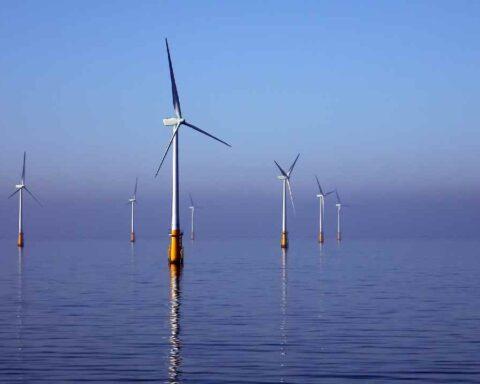In 2022, fear of an ever-worsening climate crisis is making consumers, and big investors, to look for conscious, ‘green’ investment. Green financing has an important role to play in accomplishing net carbon zero and fighting climate change. As we begin to recover from the pandemic, green finance presents a way to build back with a greener future, creating new businesses and opportunities.
What is Green Financing?
It is a way to increase the level of financial flows (from banking, micro-credit, insurance and investment) from the public, private and not-for-profit sectors to sustainable development priorities. A key part of this is to better manage environmental and social risks, choose options that bring a decent rate of return and environmental benefit and deliver greater accountability.
Green finance offers financial tools to active agents to generate activities with positive and durable externalities. Some projects of green finance are the promotion of renewable energies, energy efficiency, water sanitation and environmental audits, and the reduction of transportation and industrial pollution, climate change, deforestation, carbon footprint.
To make green financing successful, multi-stakeholder partnerships must be promoted to include major actors in financial markets, banks, investors, micro-credit entities, insurance companies and public sector.
Why is green finance important?
Green finance is important as it promotes and supports the flow of financial instruments and related services towards the development and implementation of sustainable business models, investments, trade, economic, environmental and social projects and policies. As the financial sector plays a key role through its intermediary functions and risk management in advancing sustainable economic development while directing investment to the real economy, the combination of these two is crucial.
SDGs and green financing
UN Environment has been working with countries, financial regulators and the finance sector to align financial systems to the 2030 sustainable development agenda – to direct financial flows to support the delivery of the Sustainable Development Goals (SDGs). At the core of today’s globalised economy are financial markets through which banks and investors allocate capital to different sectors. The capital allocated today will shape ecosystems and the production and consumption patterns of tomorrow.
The main areas for the current work on green financing are: supporting public sector on creating enabling environment, promoting public-private partnerships on financing mechanisms such as green bonds, and capacity building of community enterprises on micro-credit.
Difference between climate finance and green finance
Climate finance, as discussed in COP26, is a subset of green finance. It refers primarily to public finance, or where developed countries provide financing through a variety of sources, that promotes multilateral efforts to combat climate change. Green finance is a wider term that encompasses all financial flows that support sustainable environmental objectives.
What is green investing?
Green investing seeks to support business practices that have a favourable impact on the natural environment. Often grouped together with socially responsible investing (SRI) or environmental, social, and governance (ESG) criteria, green investments focus on companies or projects committed to the conservation of natural resources, pollution reduction, or other environmentally-conscious business practices. Green investments may fit under the umbrella of SRI, but are more specific.
Types of green investing
Green equities
The simplest form of green investing is to buy stock in companies with strong environmental commitments. Many new start-ups are seeking to develop alternative energies and materials, and even traditional players are making sizable bets on a low-carbon future.
Green bonds
Sometimes known as climate bonds, these fixed-income securities represent loans to help banks, companies, and government bodies finance projects with a positive impact on the environment. According to the Climate Bonds Initiative, nearly $270 billion of green bonds were issued in 2020.1 These bonds may also come with tax incentives, making them a more attractive investment than traditional bonds.
Green funds
Another route is to invest in shares of a mutual fund, ETF, or index fund that provides wider exposure to green companies. These green funds invest in a basket of promising securities, allowing investors to spread their money on a diversified range of environmental projects rather than a single stock or bond.
India’s Aim to Achieve Net-Zero
During COP26 in Glasgow last year, Prime Minister Narendra Modi committed to achieving net-zero emissions by 2070. As part of the five-pronged commitment “Panchamrit,” he also outlined the aim for India to produce 500 GW of energy from non-fossil sources by 2030 and reduce carbon intensity to 45%.
The Prime Minister also committed to bringing down projected carbon emissions by 1 billion tonnes between 2021 and 2030.
The goal, according to the Council on Energy, Environment, and Water (CEEW), a Delhi-based not-for-profit policy research institution, will need investments upwards of $10 trillion to achieve net zero goal by 2070. These investments would help decarbonise India’s power, industrial, and transport sectors. The CEEW also estimated that India could face a significant investment shortfall of $3.5 trillion in its net zero ambition.





























